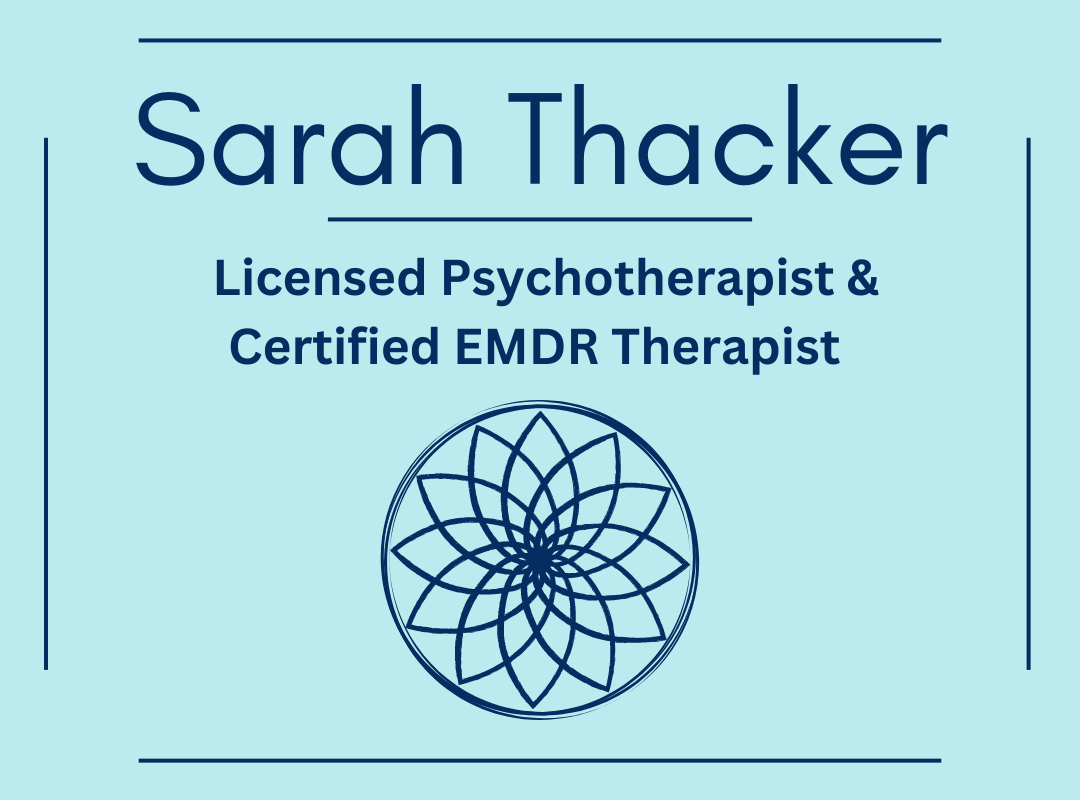So the holiday season is in full force, did it sneak up on you too?! When it comes to the holidays, do you feel overwhelmed when it comes to surviving them all? Do you worry about overeating, over spending and in general just over doing it all? If so, you are not alone. This time of year, with the shorter daylight hours and brisk temperatures, it’s natural to want to do less and relax more. However, the nature of this season often gets us out and about, leaving us over tired and over stressed. When this happens, we often over-do-it with sugar, caffeine and possibly the alcohol.
Some of the primary challenges when it comes to over-doing-it during the holidays are, well, the big holiday meals, alcohol, candy dishes and sweet treats everywhere, food as gifts, cocktail parties… That’s a lot of challenges. If you already struggle with emotional and stress eating, the holidays are often too overpowering with that LONG list of challenges to stay in a mindset of health and wellbeing.
Here are some helpful suggestions to help survive each of these scenarios with a mindful eating approach to the holiday-all-the-things-food-season.
BIG HOLIDAY MEALS
Let’s start with the big holiday meals. Here are some suggestions to remain mindful and comfortable throughout each meal:
· Start with vegetables—fill your plate with at least 50% colorful veggies.
· Add proteins to your plate—when you eat protein and fiber (from the veggies) together it will create a feeling of satiation more quickly and stay with you longer.
· Don’t overload your plate—if you want to eat more after your first serving, notice if you are truly hungry (mindful & intuitive eating practice) and if not, ask yourself if you can have the food you’d still like to eat as leftovers another time to receive that satisfaction later.
· Don’t restrict what you choose to eat—on the other side of overloading is not letting yourself eat something you really want; this will only lead to cravings and resentful feelings of deprivation. Try a little of everything you want and TASTE it, enjoy it, eat it mindfully.
· Eat dessert if you want it and if you aren’t stuffed but if you are full, don’t. Have a statement prepared for the “food pushers” in your life if you are choosing to not eat dessert (or anything else at the meal!) An example could be, “That looks amazing, can I take some to go so I can eat it when I’m not full and I can actually enjoy it.” If you do want dessert, eat it and do so mindfully.
ALCOHOL
So let’s be clear, alcohol is not a health food and if you struggle with over doing it with alcohol, it’s best to avoid it altogether. If you don’t have a problem with alcohol but tend to over-indulge during the holidays, here are my suggestions to remain more mindful in relation to your alcohol consumption:
· Set a mental limit for yourself. Do this before you go to a cocktail party or holiday meal, know (and remember!) your set desired limits and stick to it.
· Be sure you are not using alcohol as a coping skill. If cocktail parties or big get togethers create feelings of anxiety, discomfort or tension, you might end up over doing it to cope with those feelings. Make sure you check in with your emotions and manage them before hitting the alcohol.
· Start any party or meal with water and be sure to stay hydrated
· Have a glass of water between drinks
· Choose a creative “mocktail” like seltzer, pomegranate juice and lime, no one needs to know there’s no booze!
· Check in with your inner strength monitor to assess your “tipsy level” from time to time! You are way more likely to regret over-doing-it to under doing it!
CANDY DISHES
You know how during the holidays there are candy dishes seemingly everywhere? Here are some suggestions to help manage the dreaded candy dishes:
· Give yourself a “sugar quota” for the day—maybe it’s 1-3 pieces of candy. Pay attention and be sure to stay in mindful eating-mode when you do enjoy a piece, when you eat it, savor it!
· Be intentional about your choices. Do you even like those red and green M&M’s? Maybe so, but if they aren’t your fav, leave them in the dish.
· Avoid the candy dishes. If you struggle with over-doing-it with sugar, it’s best to avoid the candy dishes and make intentional choices about what sweets you will have this season.
· Avoid the mindless eating trap. With all of the candy around it can become easy to mindlessly have a few pieces here and there and not really enjoy and savor them.
FOOD AS GIFTS
Another big food challenge during the holidays is being given food as a gift. Here are some suggestions for dealing with this one:
· Mange your feelings of guilt if you choose not to eat the food you are gifted. Guilt is appropriate if you have actually done something wrong, it is our conscience in action. However, if someone gives you a box of candy and you know it will be painful for you to just try one piece and you end up eating the entire box all at once, it’s best not to put yourself in a position you might feel upset about later.
· Take the food gifts to work and share with others.
· Take the food gifts to a holiday gathering.
· Determine if you even like the food, then decide if it’s what you truly want to eat.
· Save a portion of the food and give the rest away.
· Create a sugar quota for yourself for the day and stick to it. If you’ve hit your quota, remember, you can always try something the next day.
COCKTAIL PARTIES
Cocktail parties are a challenge during the holidays. They tend have a lot of snacks and of course drinks—and they may come with a side of awkwardness. Usually they are not offering a full meal so it can be tough not to over-do-it. Here are some suggestions to manage cocktail parties with ease:
· Give yourself a drink limit (review alcohol above!) and space them out well throughout the party. This is a mindset you create before even walking in the door.
· Start with one drink. Then switch to water or a “mocktail” in the same glass.
· Be aware of sugar content in any fancy mixed drinks.
· Eat something healthy before you go so you are not hungry when you arrive.
· Focus on the veggie options first with the available snacks.
· Stay mindful as you do eat so you don’t graze. Sometimes when nervous we might nibble mindlessly.
A few last tips to help reduce incidents of stress and emotional eating holiday season:
· Try to stick to meal planning and preparation throughout the season. It’s super tempting and easy to order take out or go out when you are feeling over-run during this season. This can add up in dollars and unhealthy meals.
· Focus on vegetables and fruits. You may still choose to indulge in other holiday treats, just be sure to be well nourished along the way!
· Make slow cooker meals that are ready to go and easy to freeze so you can have leftovers available.
· Practice mindful eating at least one meal per day every day.
· Use the emotional cravings protocol any time you need it.
I’ll leave you with this last reminder of the process of mindful eating so you can stay empowered, mindful and content with your choices this holiday season!
Mindful Eating is…
· Eating without distraction.
· Being in tune with what you are eating and your body, noticing how what you eat makes you feel.
· Focusing on your senses, especially smelling and tasting.
· Savoring and enjoying your food.
· Staying tuned into to your hunger and full cues, eating when you are hungry, stopping when you are full.
· Eating in a relaxed, calm and neutral emotional state.
· Deriving pleasure from eating without judgment.
I hope you have a happy and healthy holiday season!



